On 25 April 1915, the Gallipoli landings to open up the Dardanelles and force the Ottoman Empire out of the Great War began in earnest with the landings at what became known as ANZAC cove.
The campaign was to showcase the Royal Navy and “the colonials” with the bulk of the British force drawn from the Australian and New Zealand Corps (ANZAC) along with several regiments of Gurkhas and Sikhs, the Ceylon Planters Rifle Corps, two divisions of Scots, one of Irish, some Canadian units, and the newly formed Royal Naval Division.
The French likewise contributed a mixed division composed of a Foreign Legion battalion, North African Zouaves, and Senegalese infantry.
Major Sherman Miles, in his work on amphibious operations in the 1920s, later concluded that, while the mighty battleships HMS Queen Elizabeth, Cornwallis, Albion, and other ships battered the Ottoman defenses for a full 24 hours before the landings– “still the Turkish rifle and machine-gun fire broke out whenever the big guns laid off,” and the Entente forces remained pinned to the ground by what were deemed to be greatly inferior Turkish forces.
“One can only conclude,” Major Miles continues, “that there are few organisms in the world weaker than an army when its feet are still wet with saltwater.”
A lesson still likely very applicable today.






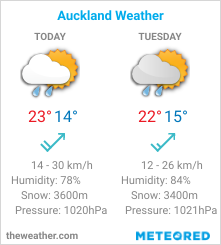
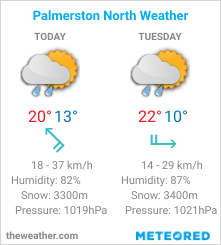
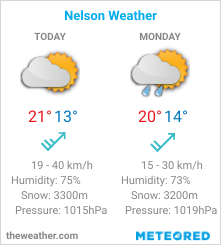
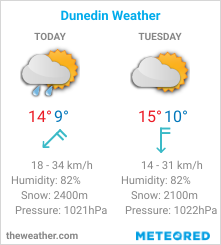
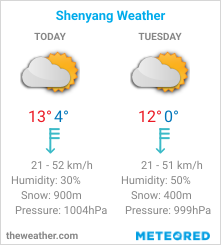
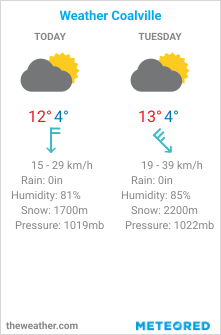
No comments:
Post a Comment
How did you like the post, leave a comment. I would appreciate hearing from you all. Best wishes from JC's Naval, Maritime and Military News